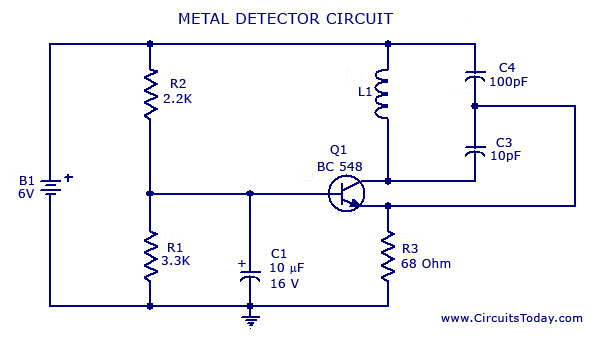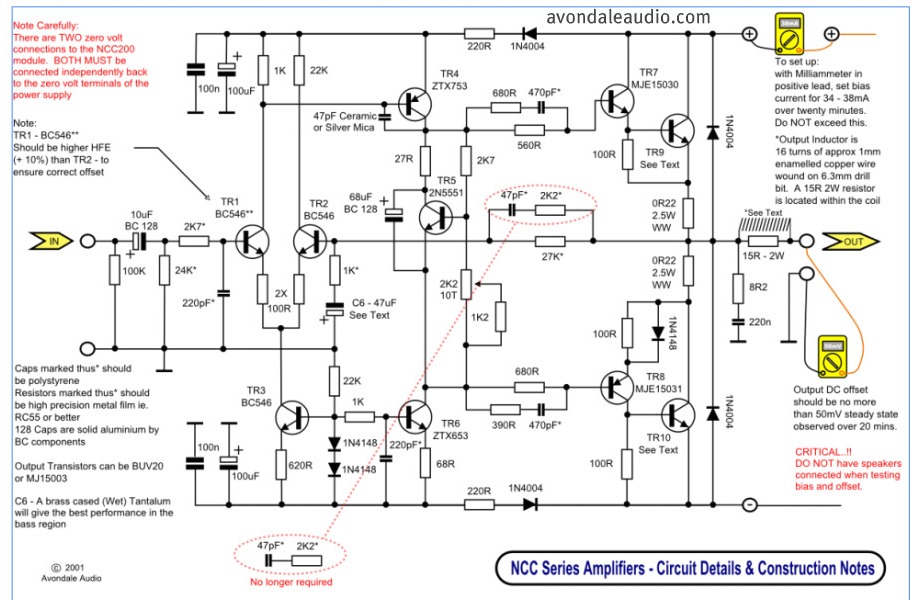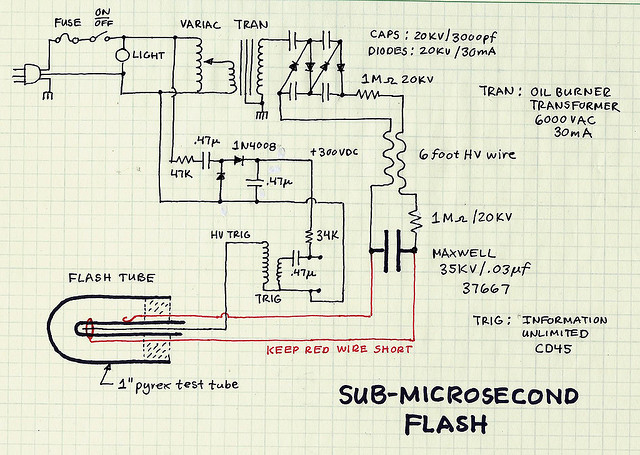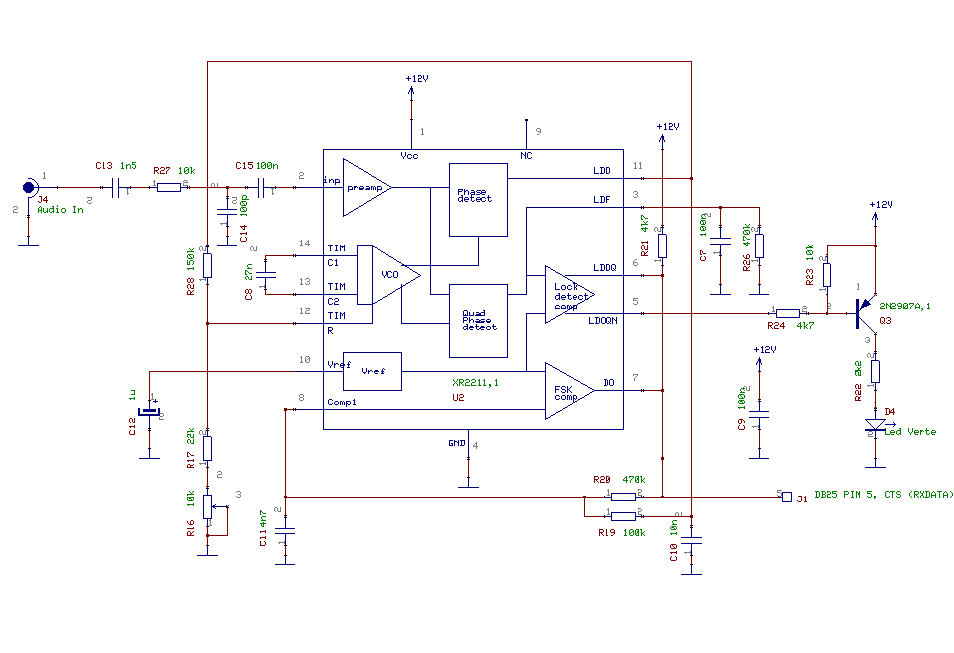
Simple calculator schematic

This document contains a simple calculator and PCB circuit board wiring diagram, allowing interested students to design their own.
The schematic for the simple calculator circuit typically includes a microcontroller, a keypad for user input, and a display for output. The microcontroller serves as the central processing unit, executing the calculations based on the inputs received from the keypad. Commonly used microcontrollers for such applications include the ATmega series or PIC microcontrollers, which are capable of handling basic arithmetic operations.
The keypad is arranged in a matrix format, consisting of multiple rows and columns. When a key is pressed, it connects a specific row to a column, allowing the microcontroller to detect which key has been activated. Debouncing techniques may be implemented in the software to ensure that multiple signals are not registered from a single key press.
The output is typically displayed on a 7-segment display or an LCD screen. A 7-segment display consists of individual segments that light up to represent numbers, while an LCD can display both numbers and text. The microcontroller is connected to the display through a series of GPIO (General Purpose Input/Output) pins, which control the segments or characters to be displayed.
The PCB layout must be designed to ensure minimal interference and optimal signal integrity. Components such as resistors and capacitors may be included to manage power supply stability and to filter noise from the power lines. Additionally, proper routing of traces is crucial to avoid crosstalk and to maintain a compact design.
Power supply considerations are also essential; the circuit may operate on batteries or a regulated power supply. Voltage regulators may be used to ensure that the microcontroller and other components receive a consistent voltage level.
This simple calculator project serves as an excellent learning tool for students interested in electronics, providing hands-on experience in circuit design, PCB layout, and programming microcontrollers.In this document is a simple calculator and PCB circuit board wiring diagram, simple, interested students can design their own!
The schematic for the simple calculator circuit typically includes a microcontroller, a keypad for user input, and a display for output. The microcontroller serves as the central processing unit, executing the calculations based on the inputs received from the keypad. Commonly used microcontrollers for such applications include the ATmega series or PIC microcontrollers, which are capable of handling basic arithmetic operations.
The keypad is arranged in a matrix format, consisting of multiple rows and columns. When a key is pressed, it connects a specific row to a column, allowing the microcontroller to detect which key has been activated. Debouncing techniques may be implemented in the software to ensure that multiple signals are not registered from a single key press.
The output is typically displayed on a 7-segment display or an LCD screen. A 7-segment display consists of individual segments that light up to represent numbers, while an LCD can display both numbers and text. The microcontroller is connected to the display through a series of GPIO (General Purpose Input/Output) pins, which control the segments or characters to be displayed.
The PCB layout must be designed to ensure minimal interference and optimal signal integrity. Components such as resistors and capacitors may be included to manage power supply stability and to filter noise from the power lines. Additionally, proper routing of traces is crucial to avoid crosstalk and to maintain a compact design.
Power supply considerations are also essential; the circuit may operate on batteries or a regulated power supply. Voltage regulators may be used to ensure that the microcontroller and other components receive a consistent voltage level.
This simple calculator project serves as an excellent learning tool for students interested in electronics, providing hands-on experience in circuit design, PCB layout, and programming microcontrollers.In this document is a simple calculator and PCB circuit board wiring diagram, simple, interested students can design their own!





